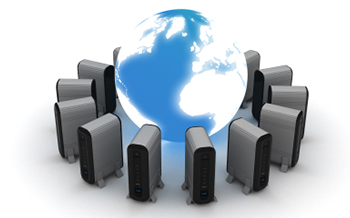4 Essential Pieces to Any Small Business BYOD Strategy

4 Essential Pieces of Any Small Business BYOD Strategy
Believe it or not, once upon a time, kids at the bus stop didn’t have cell phones and the mobile device strategy of many businesses was typically “you’ll take what you’re given, refrain from using it for any personal use, and the data may be scrubbed clean whenever we please.”
We’ve come a long way. Today, businesses really have no choice but to let employees use personal devices for work purposes. Blurred lines now make it difficult to differentiate between what is professional and what is personal. A company or organization may partially pay for an employee’s tablet computer or smartphone, but that same device is used to upload photos to Facebook or download torrents of this season of Game of Thrones.
Naturally, security and privacy issues are a concern since these devices sync to the company network. Larger corporations may be able to hire IT support or produce sophisticated BYOD guidelines for employees to adhere to, but smaller businesses have limited resources.






